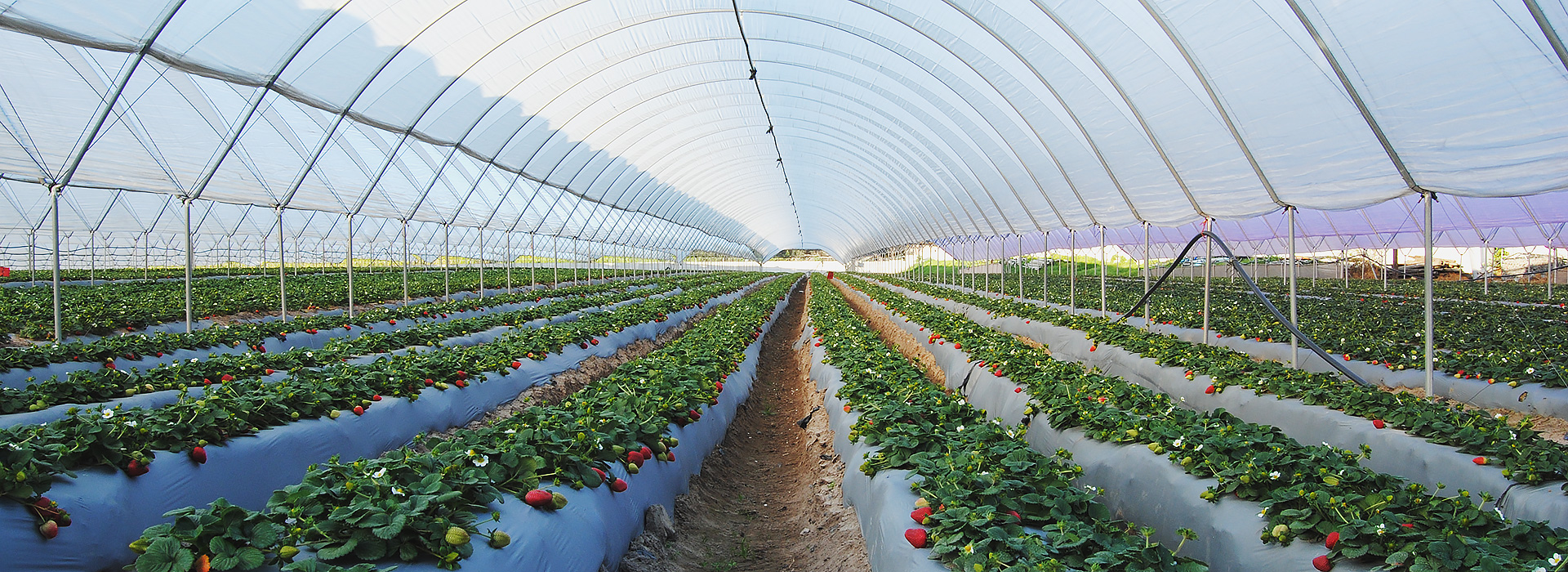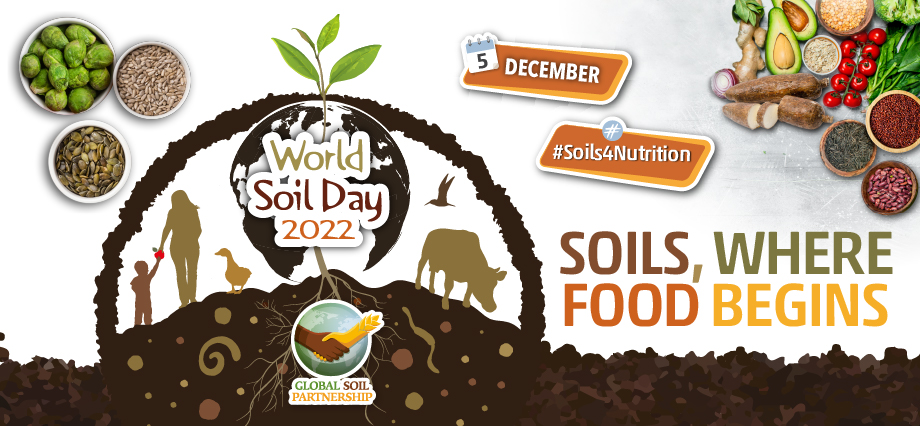Nhu Phan, PhD Student, Lancaster Environment Centre
q.phanle@lancaster.ac.uk Twitter @QNPhanLe98

Have you ever walked by an agricultural field and noticed instead of plants stretching for miles you see rows and rows of plastics? Surprisingly as it may seem, that is just a small portion of the plastics being used on the farms. There are also plastics-coated seeds and fertiliser, the pipes irrigating the fields, and the packaging around the final products. Plastic also makes their way into biosolid fertiliser as well as municipal compost which is deliberately spread on the field. For years, plastic has become a key component in our modern agriculture.
It is undeniable that plastic helps to increase both agricultural productivity and profitability. For example, the use of agricultural plastics allows for our vegetables and fruits to be grown whatever the season and gives them better quality. “However, despite the many benefits, agricultural plastics also pose a serious risk of pollution and harm to human and ecosystem health when they are damaged, degraded or discarded in the environment,” according to a FAO report in 2021.
When it comes to those small pieces of the degraded plastics, there is so much unknown. For example, there are studies showing the adverse effects of plastic, especially micro- and nano-plastics, in a large quantity, toward the health of soil, plants and soil organisms, but to which extent do they affect? How does plastic transfer along the food chain and threaten food safety? Whilst time is needed to find answers for these questions, more decisive action has been called by FAO to “curb the disastrous use of plastics across the agricultural sectors.” Would there be more strict regulation or management on the use of sewage sludge, compost, and conventional plastic mulch in agriculture, as to safeguard our soil from degradation caused by microplastic pollution? The answer to this requires more thorough assessments of how these agriculture practices attribute to soil plastic pollution, which is also one of our research objectives at Lancaster University.
For this research, we are developing laboratory methods for the isolation, quantification, and characterization of plastic residues within the soil, which will be applied later for the measurement of plastic in soils under different applications of sewage sludge and compost.
Whilst some of us are working to understand and tackle the troubles plastics may cause, others try to find alternatives. For example, in 2013, a UK start-up Skipping Rocks Lab introduced its first product, Ooho, an edible water bottle made from brown seaweed, as a waste-free alternatives to single-use plastic bottles and cups. The way seaweed has been used as a bio-based, biodegradable, and recyclable container in disposable food packaging reminds me of a traditional Japanese dish called Sushi, where seaweed paper is used to wrap a bunch of fragment sticky rice, raw fish, and vegetables. As a favourite dish to many people around the world, I am excited to share the recipe to the blog readers.
Recipe: Sushi
This recipe comes from A Tasty Kitchen website and can be adapted to whatever you fancy.
Ingredients & equipment
Nori sheets (seaweed sheets), Sushi seasoning (vinegar), sushi rice, salmon, carrot, cucumber and avocado, bamboo sushi mat.
Method
Place a cup of rice (rinsed previously with water) in a pot and add 1.5 cups of water, add the lid, and bring to the boil. Once its boiling reduces to simmer for around 8-10. After that, cool the rice quickly by spreading it out on a tray, add 2 to 3 tablespoons of the sushi seasoning and mix well.
Place the nori sheet longest edge at the bottom, shiny side facing down. Wet your hands to prevent the rice from sticking, then place a thin layer of rice across the sheet leaving about an inch gap at the top.
Add salmon with avocado and/or cucumber. Or a vegetarian roll with capsicum (peppers), avocado and carrots.
Make one full roll of the rice keeping it tight, hold the roll in place. Then wet your fingers with the water and slightly dampen the remaining edge of the nori sheet then continue to roll the sheet, sealing the roll.
Cut the roll in half then keep cutting the pieces in half again until you have 8 pieces. Keep running the knife under a little water in between cuts to prevent the rice from sticking to it.
